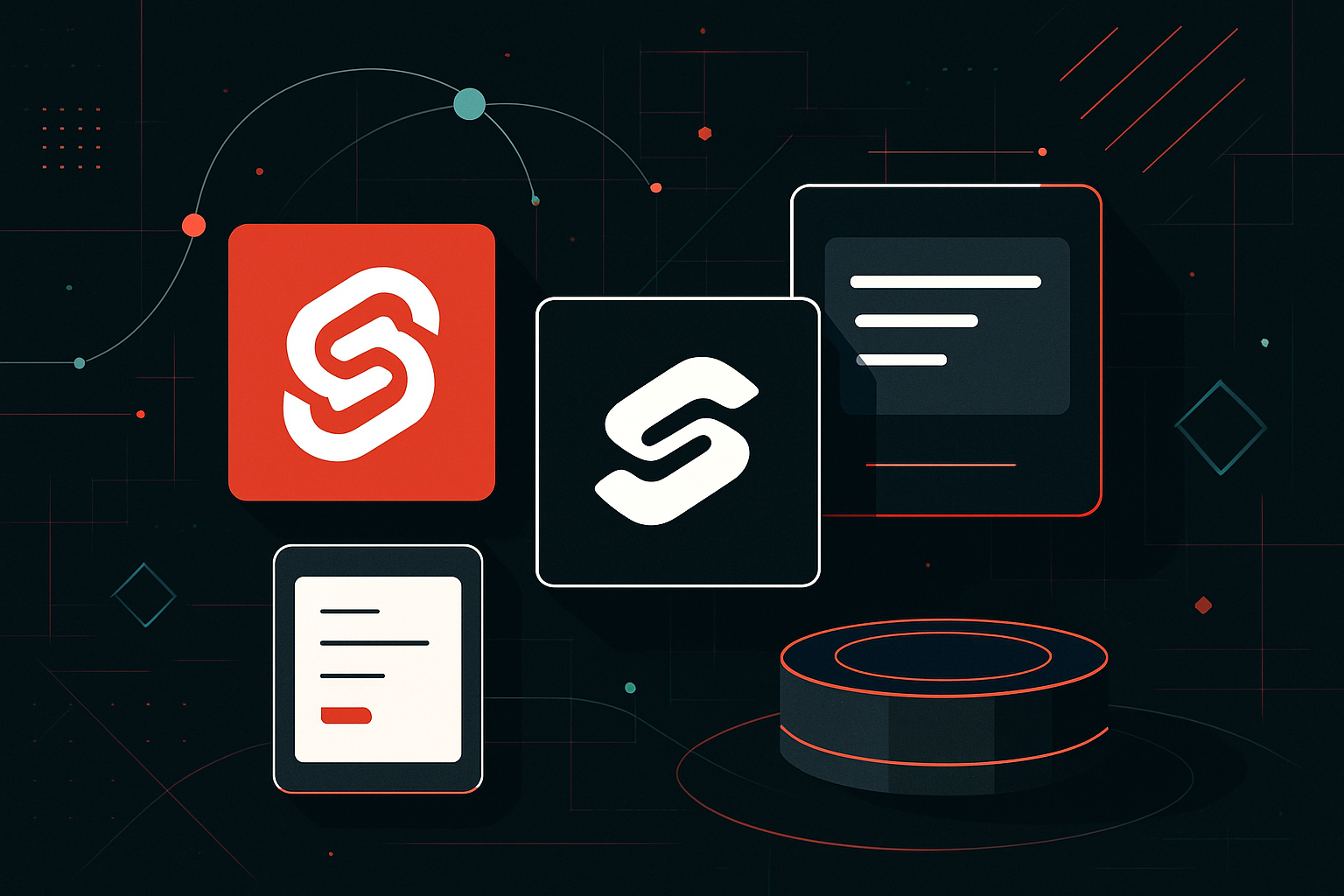Protecting Personal Data in the Age of AI

Understanding Personal Data in the Age of AI
The rise of artificial intelligence (AI) has transformed how personal data is collected, processed, and utilized. As AI systems become more sophisticated, the importance of safeguarding personal information has never been greater. This article delves into practical strategies for protecting personal data in the AI era.
Key Risks Associated with AI
AI technologies can pose several risks to personal data, including:
- Data Breaches: AI systems can be susceptible to cyberattacks that compromise personal information.
- Data Misuse: AI can be used to analyze and exploit personal data beyond its intended purpose.
- Privacy Violations: Algorithms may inadvertently infringe on privacy by analyzing sensitive information.
Strategies for Protecting Personal Data
Data Minimization
Data minimization involves limiting data collection to only what is necessary. This reduces the risk of unauthorized access and misuse.
- Practical Steps:
- Implement strict data collection policies.
- Use anonymization techniques to strip personal identifiers from datasets.
import pandas as pd
# Sample data anonymization
def anonymize_data(dataframe):
dataframe['id'] = dataframe['id'].apply(lambda x: hash(x))
return dataframe
# Example usage
df = pd.DataFrame({'id': [1, 2, 3], 'name': ['Alice', 'Bob', 'Charlie']})
anonymized_df = anonymize_data(df)
print(anonymized_df)
Data Encryption
Encrypting data ensures that even if it is accessed without authorization, it cannot be easily interpreted.
- Types of Encryption:
- Symmetric Encryption: Same key is used for encryption and decryption.
- Asymmetric Encryption: Uses a pair of keys (public and private) for encryption and decryption.
| Type of Encryption | Pros | Cons |
|---|---|---|
| Symmetric | Fast, simpler implementation | Key distribution is a challenge |
| Asymmetric | Secure key exchange | Slower, more complex |
from cryptography.fernet import Fernet
# Symmetric Encryption Example
key = Fernet.generate_key()
cipher_suite = Fernet(key)
cipher_text = cipher_suite.encrypt(b"Sensitive Data")
plain_text = cipher_suite.decrypt(cipher_text)
Implementing Access Controls
Access controls restrict who can access data and what actions they can perform.
- Technical Measures:
- Role-Based Access Control (RBAC): Assign permissions based on roles.
- Multi-Factor Authentication (MFA): Adds an extra layer of security.
Regular Audits and Monitoring
Conduct regular audits to ensure compliance with data protection policies and identify potential vulnerabilities.
- Tools for Monitoring:
- Use intrusion detection systems (IDS) to monitor for suspicious activities.
- Implement log analysis for tracking access and modifications to data.
Legal and Ethical Considerations
Compliance with Regulations
Ensure adherence to data protection regulations like GDPR, CCPA, and HIPAA, which mandate specific data protection measures.
- GDPR Key Requirements:
- Obtain consent before data collection.
- Provide the right to access and delete personal data.
Ethical AI Practices
Develop and deploy AI with consideration for ethical implications, ensuring fairness, accountability, and transparency.
Best Practices for Organizations
- Data Governance Framework: Establish a comprehensive framework for managing data privacy and protection.
- Employee Training: Regularly train employees on data privacy laws and security protocols.
- Incident Response Plan: Develop a plan to swiftly respond to data breaches and security incidents.
Leveraging AI for Data Protection
AI can also be harnessed to enhance data protection efforts:
- Anomaly Detection: Use AI models to detect unusual patterns that may indicate a security breach.
- Automated Compliance: Implement AI systems to ensure continuous compliance with data protection regulations.
from sklearn.ensemble import IsolationForest
# Anomaly detection using Isolation Forest
model = IsolationForest(contamination=0.1)
data = [[-1.1], [0.2], [101.1], [0.3]]
model.fit(data)
anomalies = model.predict(data)
Conclusion
Protecting personal data in the age of AI requires a multifaceted approach that combines technical, legal, and organizational strategies. By implementing these measures, individuals and organizations can mitigate risks and safeguard personal information in an increasingly AI-driven world.





0 thoughts on “Protecting Personal Data in the Age of AI”